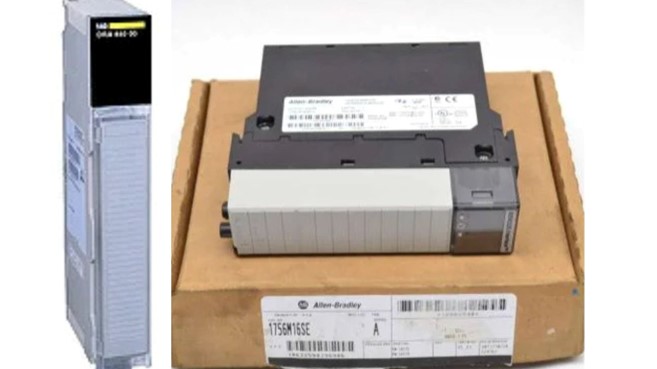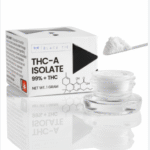Choosing the right Programmable Logic Controller (PLC) for your industrial automation needs is critical for ensuring operational efficiency, productivity, and reliability in your manufacturing processes. The PLC you select will serve as the backbone of your automation system, controlling machinery, processes, and other components. With numerous options available in the market, it can be overwhelming to make the best decision. This article will guide you through the key factors to consider when choosing a PLC for your industrial automation needs.
Understand Your Automation Requirements
Before selecting a PLC, you need to clearly understand the automation requirements of your specific application. This involves defining the scope of your project, the types of equipment and processes you need to control, and the level of complexity involved. Some questions to ask include:
- How many I/O points (inputs/outputs) will be required to interface with sensors, actuators, and other devices?
- What type of control do you need (discrete, analog, or motion control)?
- Will you need to integrate the PLC with other systems, such as SCADA, HMI, or other PLCs?
A small-scale, low-complexity application may only require a basic PLC, while a larger, more complex system might need an advanced PLC with more I/O capacity and higher processing power. Understanding the scope of your project will help you narrow down the range of PLCs to consider. For instance, the 140CPS12420 power supply module ensures your PLC receives the required power to operate efficiently, especially when dealing with large-scale, energy-intensive operations.
2. I/O Capacity
The I/O capacity of a PLC is one of the most important factors in choosing the right controller. The PLC must have enough digital and analog inputs and outputs to support all the devices and systems that it will control.
- Digital I/O: These are used for discrete on/off signals, such as push buttons, limit switches, and relays.
- Analog I/O: These are used for signals that vary continuously, such as temperature sensors, pressure gauges, and flow meters.
Processing Speed and Power
The processing speed and power of a PLC will determine how quickly it can execute control programs and handle real-time data. For simple tasks with minimal data processing, a basic PLC will suffice. However, for complex applications involving multiple devices, sophisticated algorithms, or real-time processing, you will need a more powerful PLC.
Models like the XP502 provide faster processing capabilities and are ideal for handling larger, more demanding applications. They can manage higher I/O counts and integrate seamlessly with modern communication protocols. Selecting the right processing power will depend on how fast the system needs to respond to changes in the process. For instance, when using the 1785-L80C15 PLC, which offers high-speed processing capabilities, you can expect seamless control over large, complex processes without lag or delays.
Communication Capabilities
Most modern industrial systems require integration between various controllers, sensors, and devices. Therefore, it’s essential to choose a PLC with the appropriate communication interfaces. Communication protocols such as Ethernet/IP, Modbus, Profibus, and DeviceNet are commonly used in industrial automation.
Look for PLCs that offer robust communication options to facilitate integration with other automation components, including Human-Machine Interfaces (HMIs), Supervisory Control and Data Acquisition (SCADA) systems, and other PLCs. The 1747-L542, for example, offers multiple communication ports and supports a range of industrial communication protocols, making it ideal for complex systems with diverse components.
Environmental Considerations
The environmental conditions in which the PLC will operate must also be considered when selecting the right model. Factors such as temperature, humidity, dust, and vibration can affect the performance of PLCs. In harsh industrial environments, choosing a PLC with an industrial-grade enclosure and protective features such as IP ratings for water and dust resistance is crucial.
If your automation system will be installed in a hazardous area (such as oil and gas or chemical plants), it’s essential to choose a PLC that meets safety standards such as ATEX, UL, or IECEx certifications. In such environments, PLCs must be rugged enough to withstand extreme conditions without compromising performance or safety. Additionally, the 140CPS12420 power supply module provides consistent power, ensuring reliability in demanding environments by protecting against voltage fluctuations.
Conclusion
Selecting the right PLC for your industrial automation needs requires careful consideration of various factors, including the scale of your operation, I/O capacity, processing power, communication requirements, environmental conditions, ease of programming, reliability, and cost. By evaluating these factors and understanding your specific application, you can ensure that you choose a PLC that will maximize the performance, efficiency, and longevity of your automation system.
Models like the XP502, 1747-L542, and 1785-L80C15 offer excellent processing capabilities, robust communication options, and high reliability, making them great choices for industrial automation applications across various industries. Additionally, the 140CPS12420 power supply module ensures that your PLC receives the required energy for optimal performance, especially in larger or more complex systems. By selecting the appropriate PLC, you’ll ensure that your automation system runs smoothly and effectively, helping you achieve your business objectives and stay competitive in a rapidly evolving market.










